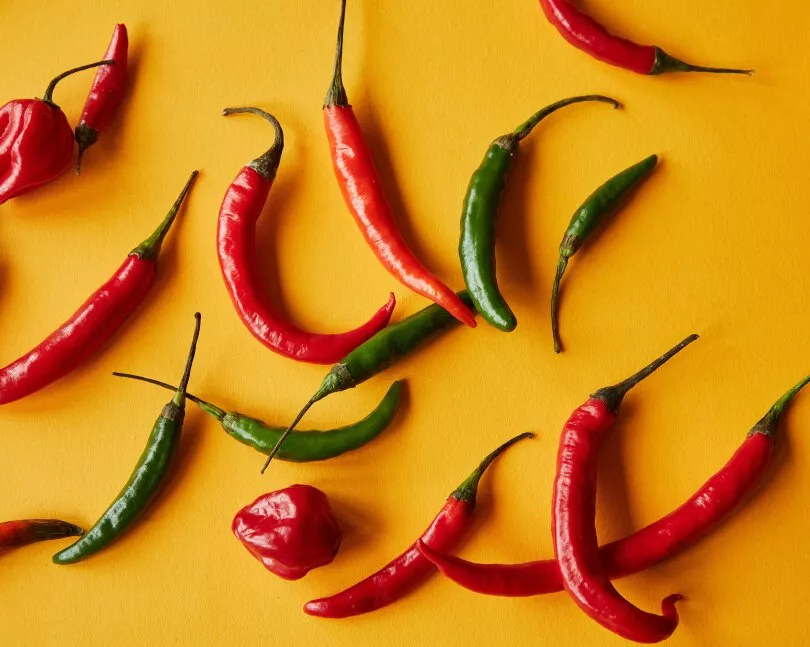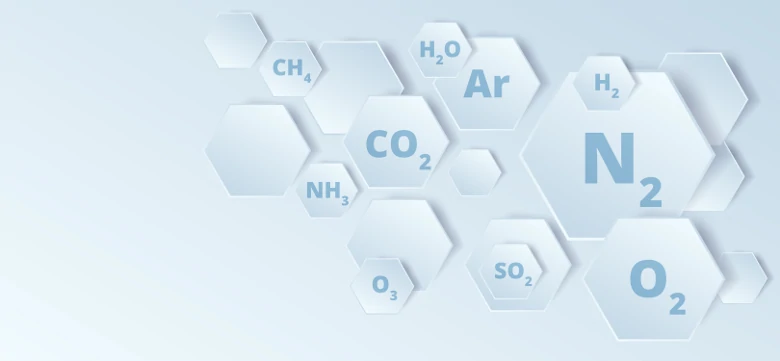Understanding Mole concept: What it means, Avogadro's Constant, and molar volume

When we shop for groceries, we use different units to measure amounts. These units, such as kilograms, litres, and dozens, play a crucial role in our everyday life. But have you ever thought about a unit called a "mole"? Picture adding "1 mole of rice" to your shopping list. How much rice is that? Unlike regular units, the mole is a chemistry unit used to measure quantities on a tiny scale, involving molecules. In this piece, we'll uncover the secrets of the mole concept and its importance in the world of chemistry.
What is a 'Mole'?
Understanding the idea of a mole involves getting a grip on molecular mass. The molecular mass shows how heavy one tiny particle of a substance is. Let's take salt (NaCl) as an example. To find its molecular mass, we add up the atomic masses of sodium (Na) and chlorine (Cl). Sodium's atomic mass is around 23, and chlorine's is about 35.5. If we round off chlorine's, salt's molecular mass is 58.
Imagine one mole of a substance is like its mass in grams. So, one mole of salt weighs 58 grams. Likewise, think about water (H2O). To find its molecular mass, we add up the atomic masses of hydrogen (2 x 1) and oxygen (16). Water's molecular mass is 18 grams, and one mole of water weighs 18 grams. This idea works for gases too. For example, if we have one mole of oxygen gas (O2), it weighs 32 grams (16 x 2).
As you can see one mole of different substances has different grams because the calculation is based on their molecular mass.
Avogadro's Constant
An intriguing part of the mole concept is Avogadro's constant. This value, written as 6.022 x 10^23, is commonly called Avogadro's number. It tells us how many molecules are in one mole of any substance. It doesn't matter if it's salt, water, or oxygen – one mole of any substance always has this exact number of molecules, no matter what.
Molar Volume
The concept of molar volume specifically applies to gases. It's a way to understand how much space one mole of a gas occupies under certain conditions, like standard temperature and pressure (STP). For solids and liquids, the relationship between moles and volume can be more complex due to their closely packed particles and varying densities. But when it comes to gases, the molar volume of about 22.4 litres per mole at STP is a helpful guideline.
STP means a temperature of 0 degrees celsius and a pressure equal to the pressure of the air around us. So, if you had one mole of any gas at these STP conditions, it would spread out and fill a space of 22.4 litres.
Conclusion
In conclusion, the mole concept is a fundamental aspect of chemistry that allows us to quantify substances on a molecular level. Understanding the relationship between mass, molecules, and volume in terms of the mole is essential for various chemical calculations. Avogadro's constant plays a key role in connecting the macroscopic world to the microscopic realm of atoms and molecules. By grasping the mole concept, you gain insights into the world of chemistry and its quantitative aspects, making you better equipped to comprehend and solve chemical problems. If you're interested in learning more about moles and mole formulas, give this article a read.


 SG
SG  VN
VN 

















